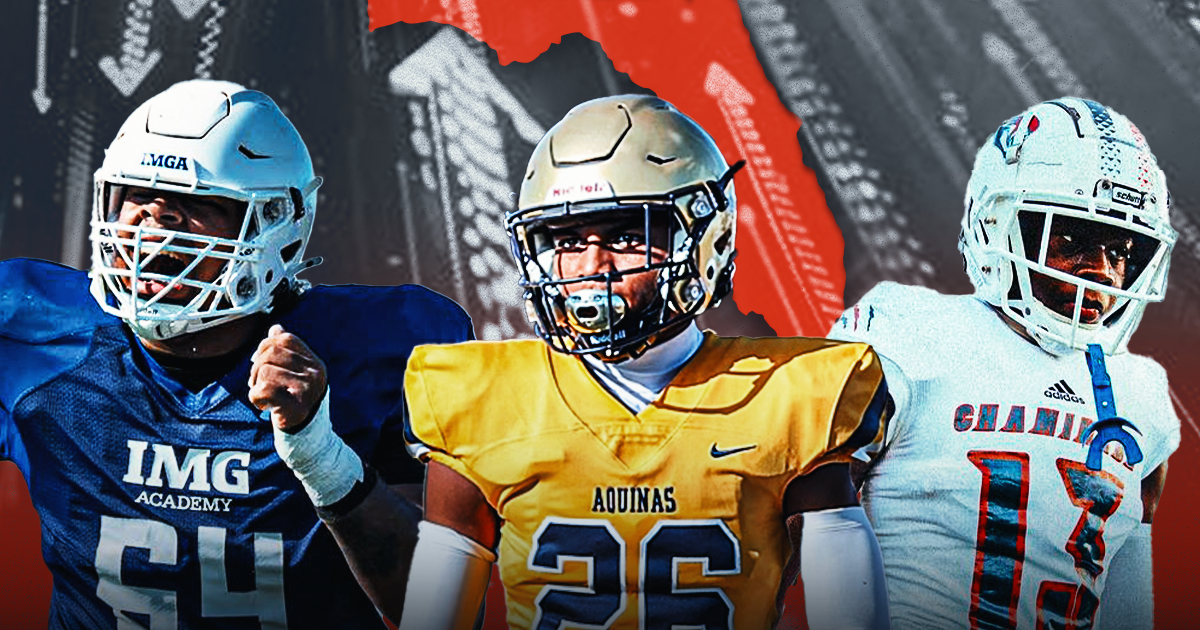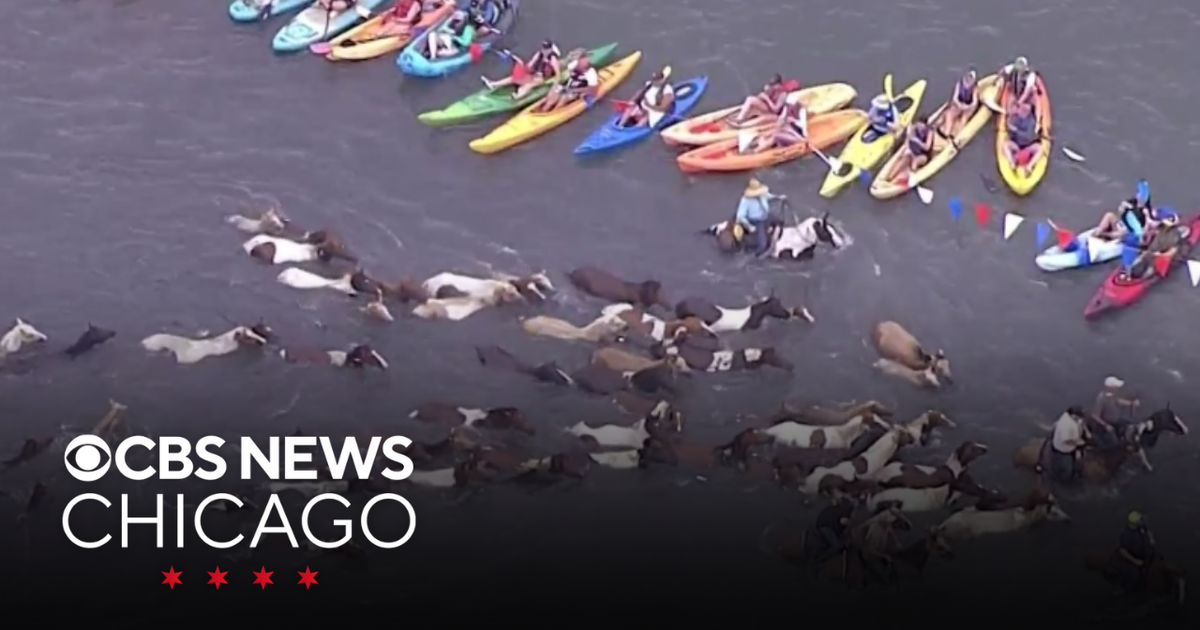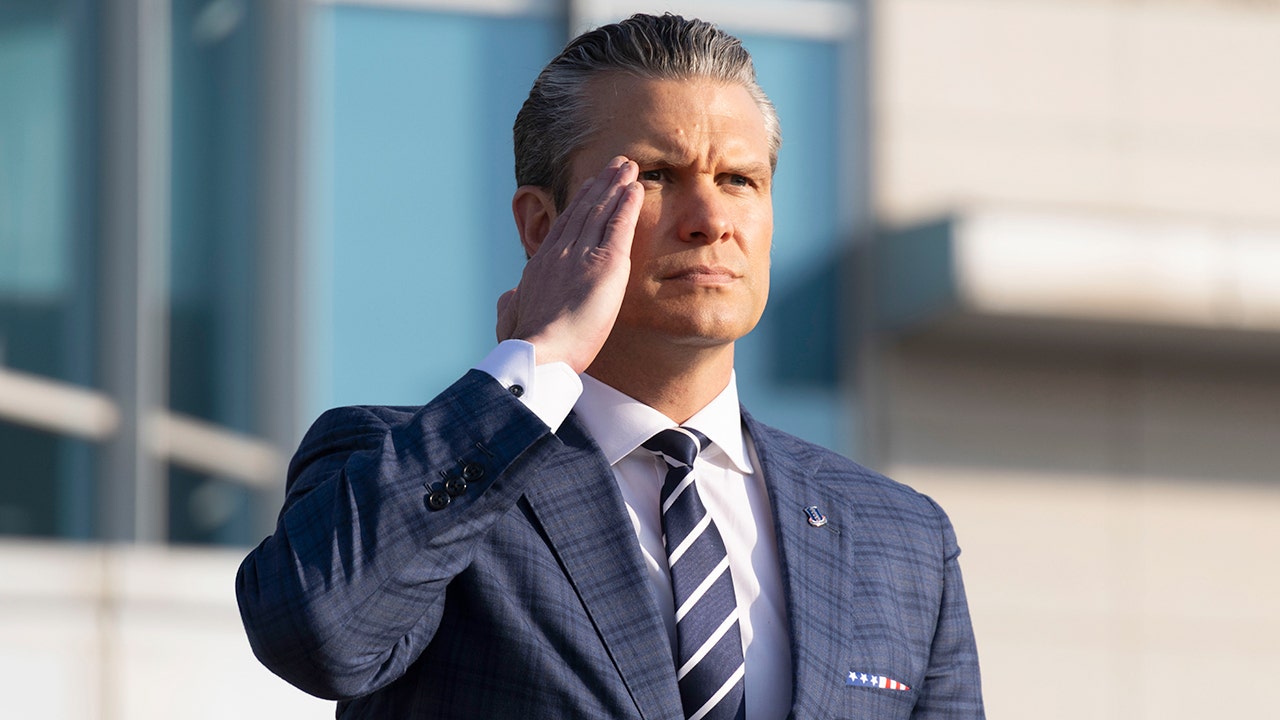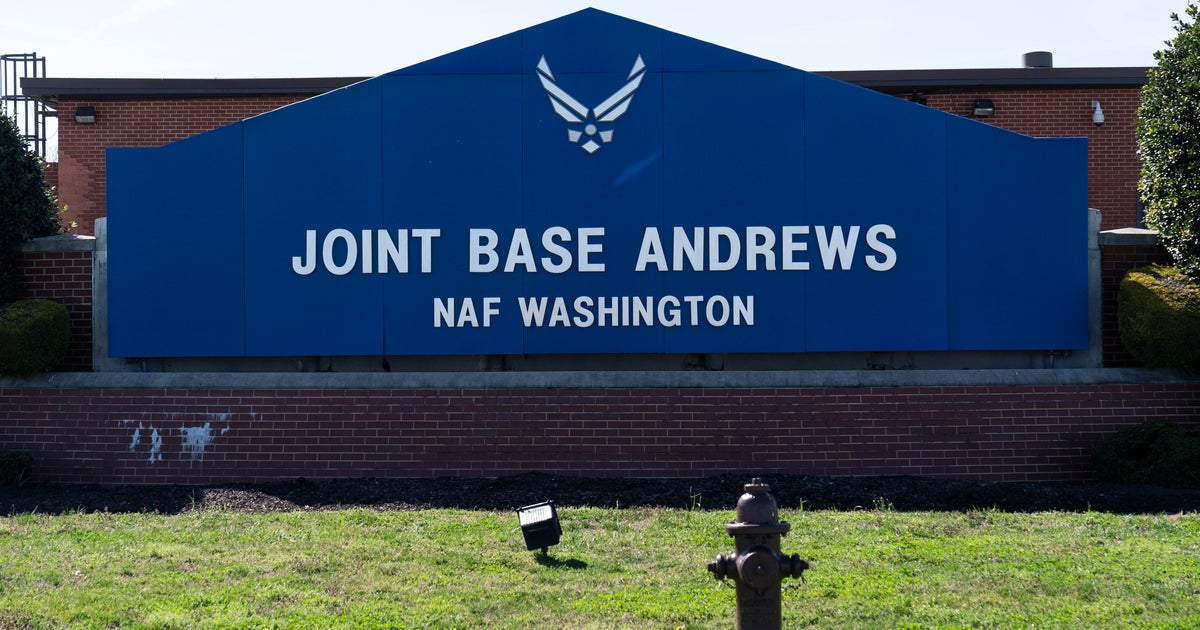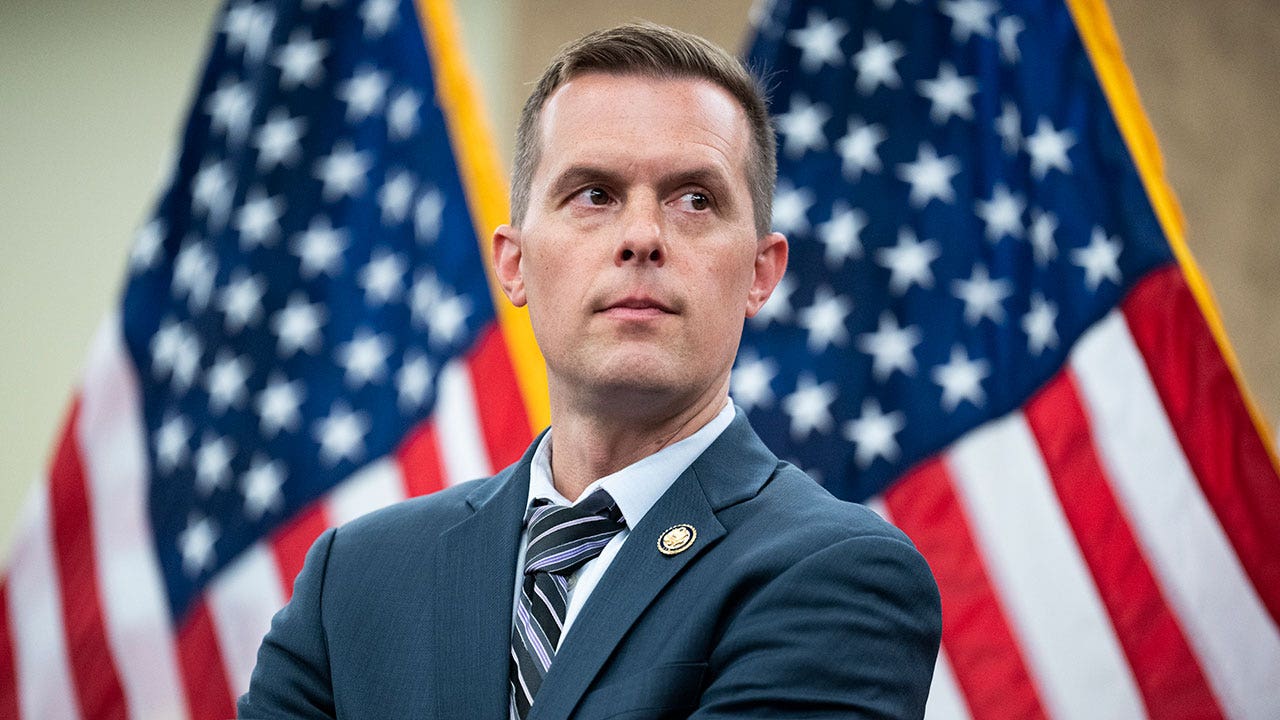Science
Elon Musk’s Starlink Expands Across White House Complex

Starlink, the satellite internet service operated by Elon Musk’s SpaceX, is now accessible across the White House campus. It is the latest installation of the Wi-Fi network across the government since Mr. Musk joined the Trump administration as an unpaid adviser.
It was not immediately clear when the White House complex was fitted with Starlink after President Trump took office for a second term.
Starlink terminals, rectangular panels that receive internet signals beamed from SpaceX satellites in low-Earth orbit, can be placed on physical structures. But instead of being physically placed at the White House, the Starlink system is now said to be routed through a White House data center, with existing fiber cables, miles from the complex.
White House officials said the installation was an effort to increase internet availability at the complex. They said that some areas of the property could not get cell service and that the existing Wi-Fi infrastructure was overtaxed.
Karoline Leavitt, the White House press secretary, said the effort was “to improve Wi-Fi connectivity on the complex.”
But the circumstances are different from any previous situation to resolve internet services. Mr. Musk, who is now an unpaid adviser working as a “special government employee” at the White House, controls Starlink and other companies that have regulatory matters before or contracts with the federal government. Questions about his business interests conflicting with his status as a presidential adviser and major Trump donor have persisted for weeks.
In February, Chris Stanley, who currently works as a security engineer at two of Mr. Musk’s companies, SpaceX and the social media platform X, went to the roof of the Eisenhower Executive Office Building in the White House complex to explore installing Starlink there. Mr. Stanley has also been working with Mr. Musk’s Department of Government Efficiency as a special government employee, and on Monday, President Trump named him to the board of Fannie Mae.
As Mr. Stanley opened a door leading to the roof of the building, which is directly opposite an entrance to the White House, he tripped an alarm that alerted the Secret Service to his presence. It created a dramatic scene as a uniformed officer rushed to respond, according to four people with knowledge of the incident.
A fifth person with knowledge of the event said Mr. Stanley was told earlier by the Secret Service that he could check out the roof, but the agency had not coordinated a time for Mr. Stanley’s arrival.
Harrison Fields, a White House spokesman, said that the White House “was aware of DOGE’s intentions to improve internet access on the campus” and that it “did not consider this matter a security incident or security breach.”
Anthony Guglielmi, a Secret Service spokesman, also said it was not considered a breach or a security incident.
White House officials said that Starlink had “donated” the service and that the gift had been vetted by the lawyer overseeing ethics issues in the White House Counsel’s Office.
Some former officials were unclear about how such a donation could work.
Clare Martorana, a former chief information officer at the White House during the Biden administration, said that typically people cannot simply give technology to the government. She said the White House’s chief information officer would need to sign off on a new system to ensure it was properly secured, as would the chief information officer at the General Services Administration.
Mr. Stanley worked to set up the new Starlink system in concert with the White House information technology office, which he is an adviser to while also being assigned to work at the Justice Department, one of the people familiar with the matter said.
The White House is the latest government property on which Starlink now operates.
In recent weeks, Starlink was also set up at the General Services Administration, which has served as a hub for Mr. Musk’s government-shrinking efforts, according to documents and people familiar with the service.
While several federal agencies contract with Starlink, the satellite service is typically used to provide internet access in emergency situations and to remote locations — not at federal buildings in Washington, which already have ample internet options.
Starlink is generally seen as a reliable network. In October, the Federal Emergency Management Agency contracted with Starlink to distribute terminals for the service across North Carolina after Hurricane Helene hit the state. The service has also been crucial to Ukraine’s defenses against Russia, with SpaceX estimating to the Defense Department that it cost $400 million to support the effort over a 12-month period around 2022.
It is less clear, however, that the Starlink internet service will significantly expand wireless internet capacity in buildings where fiber cables already provide access.
It was also unclear if Starlink communications were encrypted. At a minimum, the system allows for a network separate from existing White House servers that people on the grounds are able to use, keeping that data separate.
“It’s super rare” to install Starlink or another internet provider as a replacement for existing government infrastructure that has been vetted and secured, said Jake Williams, a vice president for research and development at Hunter Strategy, a cybersecurity consultancy. “I can’t think of a time that I have heard of that.”
“It introduces another attack point,” Mr. Williams said. “But why introduce that risk?”
One official with knowledge of the discussions about installing Starlink at the White House, who was not authorized to speak publicly, said the Secret Service was concerned that the Starlink system might be piped in through existing secure hard wiring at the White House that is used by the Secret Service, as well as other federal agencies. The fact that the internet service is now working through a different data hub appears to have addressed that concern.
At the General Services Administration, where the use of Starlink was reported earlier by NBC News, the service has been added to a list of apps approved for download on the agency’s mobile devices. That list also includes apps of two other Musk-led companies, X and Tesla, according to documents seen by The New York Times.
“Only apps that meet G.S.A.’s security and privacy standards are allowed,” an agency spokesman said in a statement. The agency declined to comment on its use of Starlink.
Mr. Musk has expressed frustration at what he views as outdated technology in government and blazed ahead with an effort to modernize it.
Soon after Mr. Trump was sworn in, Mr. Musk complained that a digital system known as WAVES, which allows the Secret Service to approve guests to enter the White House grounds, was clunky. Some White House officials shared that assessment. Mr. Musk tasked Mr. Stanley with fixing it, according to two people briefed on the matter.
Mr. Guglielmi, the Secret Service spokesman, said the agency “collaborates closely with” Mr. Musk’s team and has continuing discussions. At this time, he added, “no formal changes have been made to the White House visitor access system.”
Jonathan Swan and Tyler Pager contributed reporting.

Science
10 Years After the Paris Climate Agreement, Here’s Where We Are

Almost exactly 10 years ago, a remarkable thing happened in a conference hall on the outskirts of Paris: After years of bitter negotiations, the leaders of nearly every country agreed to try to slow down global warming in an effort to head off its most devastating effects.
The core idea was that countries would set their own targets to reduce their climate pollution in ways that made sense for them. Rich, industrialized nations were expected to go fastest and to help lower-income countries pay for the changes they needed to cope with climate hazards.
So, has anything changed over those 10 years? Actually, yes. Quite a bit, for the better and the worse. For one thing, every country remains committed to the Paris Agreement, except one. That’s the United States.
We wanted to help you cut through the noise and show you 10 big things that have happened in the last 10 years.
1. Emissions have come down, but there’s still far to go.
Call this good-ish news. Lower emissions mean the arc of temperature increase has curved downward over the past 10 years. If countries stick to current policies, the global average temperature is projected to rise by 2.5 to 2.9 degrees Celsius by the end of the century. That’s a significant improvement from where we were 10 years ago: In 2015, scientific models said we were on track to increase the global average temperature by up to 3.8 degrees Celsius.
Global greenhouse gas emissions and expected warming
But none of the world’s biggest emitters — China, the U.S., the European Union, India — have met their Paris promises. And every degree of warming matters. A one-degree increase in average temperature, for instance, raises malaria risk for children in sub-Saharan Africa by 77 percent.
2. The last 10 years were the hottest on record.
We started burning coal, oil and gas on a large scale roughly 150 years ago. As a result, global temperatures have been rising ever since, and the last 10 years have been the hottest 10 on record.
Global temperatures compared with late-19th-century average
The most scorching was 2024. That year, extreme heat killed election workers in India and pilgrims on the hajj in Saudi Arabia. This year, it forced the temporary closure of the top of the Eiffel Tower at the peak of tourist season and shuttered schools in parts of the United States.
3. Solar is spreading faster than we thought it would.
Solar power has been the largest source of new electricity generation for the last three years. Most of this new solar infrastructure is coming up inside China, and Chinese companies are making so much surplus solar equipment — cells, modules and everything that goes into them — that prices have plummeted.
Forecasts keep underestimating solar growth
Today, solar panels hang from apartment balconies in Germany and cover vast areas of desert in Saudi Arabia. Solar and onshore wind projects offer the cheapest source of new electricity generation. Little wonder, then, that in India’s electricity sector, more than half of the generation capacity now comes from solar, wind and hydropower.
4. Electric vehicles are now normal.
The way the world moves has changed. At the time of the Paris Agreement, Tesla had just unveiled its luxury electric SUV. Fast forward to last year: Worldwide, one in five cars sold was electric.
In the United States, 265,000 children ride electric buses to school. In Kenya, electric motorcycle taxis ferry commuters to work. Chinese carmakers are assembling E.V.s abroad, including in Brazil, Indonesia and, soon, in Saudi Arabia, a petrostate.
World
United States
Electrifying transportation is important because it’s one of the biggest sources of emissions globally. Currently, electric vehicles are displacing 2 million barrels of oil demand per day, roughly equal to Germany’s total daily demand, according to BloombergNEF.
5. Rich countries have put relatively little money on the table.
One of the key tenets of the Paris Agreement was an acknowledgement that countries had different responsibilities. Wealthy industrialized countries were supposed to pony up money to help poorer countries do two things: transition to renewable energy and adapt to the problems brought on by a hotter climate.
Last year, countries agreed that a total of $1.3 trillion would be needed every year by 2035 to help developing countries manage climate harms, including $300 billion a year in public monies from rich countries. That’s far more than what rich countries have thus far made available. Where that money will come from is still uncertain.
Public climate finance from developed countries would need to increase substantially
Meanwhile, some of the poorest countries are getting clobbered by extreme weather. They’re falling deeper into debt as they try to recover.
6. Coal is in a weird place.
The growth of coal is slowing worldwide. That matters because coal, which powered the modern industrial economy, is the dirtiest fossil fuel.
Coal is waning in wealthy countries, including the United States, despite President Trump’s efforts to expand its use. Britain, the birthplace of the Industrial Revolution, closed its last coal plant in 2024. That year, more than half of Britain’s electricity came from renewables. But coal is still growing in China, which, despite its pledge to clean up its economy, has gone on to build more coal plants than any other country, ever.
In America, coal demand fell faster than expected… …while in China, it grew faster than expected
7. Natural gas, a planet-warming fossil fuel, is ascendant thanks to America.
Over the decade since the Paris Agreement was signed, the United States has rapidly become the world’s leading producer and exporter of gas.
Liquid natural gas opened up an export boom
Mr. Trump, in his second term, has supersized that ambition. He appointed Chris Wright, a former fracking executive, as the U.S. energy secretary, and he has used the sale of American gas as a diplomatic and trade cudgel. That matters because, while gas is cleaner than coal as a source of electricity, it stands to lock the world into gas use for decades to come.
8. Forests are losing their climate superpower.
Fires are increasingly driving forest loss worldwide. That’s because rising temperatures and more intense droughts are making forests burn more easily and also because people are setting fire to forests to clear land for agriculture.
The world’s forests are absorbing less carbon dioxide
That’s limiting the ability of many forests to store planet-warming carbon dioxide. In fact, it’s pushing parts of the Amazon rainforest, often called the lungs of the planet, to a startling tipping point. Parts of the Amazon are releasing more carbon than trees and soil are absorbing. One recent study found the same pattern in the rainforests of Australia.
9. Corals are bleaching more often.
Since 2015, two separate global bleaching events have stretched over six years. They’re happening much more often than before, and affecting more reefs, because the oceans are heating up fast.
Percent of the world’s coral reefs affected by each bleaching event
Corals are important because they support so many other creatures, including fish that millions of people rely on for nutrition and income. About a quarter of all marine species depend on reefs at some point in their life cycle.
Many reefs have been ravaged, but some coral species are turning out to be more resilient to marine heat waves than we had thought. That’s good-ish news, too.
10. U.S. electricity demand is soaring, in part because of A.I.
Power demand had always been expected to increase worldwide. More than a billion people still need access to electricity, and billions of others around the globe are buying air-conditioners and plugging in electric vehicles. But a big surprise came from the United States.
American electricity demand was pretty flat in the 2010s but is now rising significantly and is projected to climb for at least another decade. One reason: energy-hungry A.I. That raises a critical question for Big Tech: Will its A.I. ambitions heat up the planet faster?
After two decades of slower demand growth, energy needs are rising.
What does all this mean for the world’s 8 billion people?
The physical damage inflicted by global warming costs the global economy around $1.4 trillion a year, according to BloombergNEF.
It means we are being forced to adapt to new conditions on a climate-altered planet. Many already are, especially the most vulnerable among us. In India, a women’s union has created a tiny new insurance plan to help workers cope when it gets dangerously hot. In China, a landscape architect has persuaded cities to create porous surfaces to let floodwaters seep in. In the United States, school playgrounds are adding shade to protect kids on exceptionally hot days. In California, an app developer created a tool to help his neighbors track the path of wildfires. In Malawi and Uganda, people are experimenting with growing different crops.
A big problem is, there’s very little money to help them, and even that has declined in the last couple of years.
Science
Pasta meals sold at Trader Joe’s, Sprouts, Walmart linked to deadly listeria outbreak

A listeria outbreak that federal health officials say has swept through 18 states, killing half a dozen people and causing more than two dozen hospitalizations, has been linked to pasta meals available at stores including Trader Joe’s and Walmart.
A national food safety investigation into the outbreak traced the illnesses to recalled meals that sourced pasta from a Northern California company.
For the record:
2:30 p.m. Nov. 6, 2025An earlier version of this article said that the listerial outbreak was linked to frozen pasta. Some of the products are refrigerated rather than frozen.
As of late October, the outbreak had killed six people, as well as sickened 27, the majority of whom were hospitalized, according to the most recent update from the U.S. Centers for Disease Control and Prevention.
In one case, a pregnant woman miscarried after becoming ill, the agency said.
The prepared pasta meals were sold at grocery chains nationwide; besides Trader Joe’s and Walmart, they were available at Kroger, Sprouts Farmers Market and other major grocery stores.
The supplier, Nate’s Fine Foods Inc., based in Roseville, expanded its list of recalled products in September and again in October.
Nate’s Fine Foods said in a statement on its website that it was recalling the products out of an “abundance of caution,” and that the U.S. Food and Drug Administration had conducted extensive testing at its facility but that results had come back negative.
“To date, no government agency has found any evidence of the specific Listeria monocytogenes strain identified in the outbreak in its thorough testing at Nate’s Fine Foods’ facility or in products under its jurisdiction,” the company said in a Tuesday statement.
The outbreak began in June, prompting recalls of chicken fettuccine Alfredo meals made by another company, FreshRealm Inc.
FreshRealm began testing samples of pasta, which came back positive for Listeria monocytogenes in September. The pasta supplier was Nate’s Fine Foods, according to the U.S. Food and Drug Administration.
Recalled products with use-by dates in late September and early October included Marketside Linguine With Beef Meatballs & Marinara Sauce, sold at Walmart, and Trader Joe’s Cajun Style Blackened Chicken Breast Fettuccine Alfredo.
Products with mid- to late-October sell-by dates included Sprouts Farmers Market smoked mozzarella pasta salad and Scott & Jon’s shrimp scampi with linguini bowl, a precooked frozen meal.
Science
Many of Altadena’s standing homes are still contaminated with lead and asbestos even after cleanup

More than half of still-standing homes within the area the Eaton fire’s ash settled had significant lead contamination even after extensive indoor remediation efforts, according to new findings announced Thursday from the grassroots advocacy group Eaton Fire Residents United. Additionally, a third of remediated homes tested positive for asbestos.
The results from 50 homes within and downwind of the Eaton burn area provide the first widespread evidence that the remediation techniques pushed by insurance companies and public health officials have not sufficiently removed contaminants deposited by the fire.
Long-term exposure to asbestos increases the risk of developing mesothelioma and other cancers, and long-term exposure to lead can cause permanent brain damage, especially in children, that leads to developmental delays and behavioral problems. No level of exposure to lead and asbestos comes without risks of adverse health effects.
“This is a community-wide problem,” said Nicole Maccalla, who leads EFRU’s data science. “It doesn’t matter what remediation you’re using, one pass is not establishing clearance based on the data that we have, which means that it is not yet safe to return to your home.”
That’s an issue given that many residents who have been staying elsewhere are returning home — especially those whose insurance money for temporary housing is running dry. EFRU leaders are encouraging residents to test their homes after remediation work, and, if the results show contamination, to keep remediating and testing until the lab results come back clean.
EFRU — born in January out of a frustration that no level of government was adequately addressing Altadena residents’ environmental health concerns — started by asking owners of standing homes to share the results of testing they had commissioned from professional labs both before and after remediation.
In March, EFRU was the first to publish comprehensive results from inside homes that had not yet been remediated: Out of the 53 professional testing reports homeowners shared with the organization, every household that tested for lead had found it.
A similar process was employed for this latest, post-remediation report. Homeowners hired testing professionals to come collect samples and run tests at certified labs, then they shared those results with EFRU. The organization then collated them in a database to give a wider-scope view of contamination in standing homes than any one single test could show.
Of the 50 total homes included in EFRU’s report, 45 were tested for lead, and 43 of those had at least some level of lead contamination.
Out of the 18 homes where professionals tested for lead on windowsills specifically, nine exceeded the corresponding level at which the Environmental Protection Agency typically requires further remediation. And out of the 24 homes tested for lead on floors specifically, 15 exceeded the EPA’s remediation level.
There are no official EPA remediation levels for asbestos dust on surfaces. However, asbestos dust was found in nine of the 25 homes that were tested for it in the EFRU report. The average concentration within those homes was significantly above the ad-hoc remediation level the EPA used in New York after 9/11.
“The number of houses tested is still very low, but considering that most of the homes have been remediated by professional companies, we would expect that all the homes should go below the EPA level,” said François Tissot, a Caltech geochemistry professor who began testing standing homes after the Eaton fire damaged his own. “That’s the promise of professional remediation.”
Now, EFRU is calling on the California Department of Insurance to implore insurers to cover testing and, if needed, multiple rounds of remediation. The group is also asking Gov. Gavin Newsom to declare an “ash zone,” which would formally recognize the impact of the fire’s smoke and ash beyond the immediate burn zone.
An ash zone, EFRU says, would raise public awareness around health concerns and take some of the burden off individual residents to prove to insurance companies that their home was affected.
The Department of Insurance did not immediately respond to a request for comment.
Tissot, who is not involved with EFRU but has been in communication with the group, previously found that wiped-down surfaces had about 90% less lead than those left untouched since the fire. It made EFRU’s findings particularly surprising.
“To see that we are not even breaking 50% with professional remediation is rather alarming,” he said.
While state and federal officials, in collaboration with researchers, have developed playbooks for addressing contamination in drinking water systems and in soil after wildfires, standing-home remediation is something of a Wild West.
Instead of a central government agency working to ensure indoor remediation follows a research-backed recovery approach, a revolving door of insurance adjusters and a hodgepodge of remediation specialists with wildly different levels of qualifications and expertise have set different policies and standards for each home.
EFRU reviews test results primarily from industrial hygienists, who specialize in identifying and evaluating environmental health hazards, most often in workplaces such as manufacturing facilities and hospitals.
In its review, EFRU found many tests did not even look for lead or asbestos — despite the Los Angeles County Department of Public Health clearly warning that the two contaminants are known issues in the post-fire area. Those that tested for asbestos often used less-sensitive methods that can under-report levels.
EFRU hopes to work with researchers and officials to develop an indoor contamination playbook, such as the ones that exist for drinking water and soil, designed to help residents both safely and quickly recover.
“We need coordinated effort from all the different agencies with the elected officials — either through legislation or pressure,” said Dawn Fanning, who leads EFRU’s advocacy work. “We can come up with the answers for these residents and for future wildfires.”
How to get your blood tested for lead
Environmental health experts encourage lead blood testing for individuals who might be routinely exposed to the contaminant, particularly kids. Anyone concerned about their exposure to lead due to the January fires can call 1-800-LA-4-LEAD to request free testing through Quest Labs. Most insurance companies also cover lead blood testing. More information is available on the LA County Department of Public Health’s website.
-
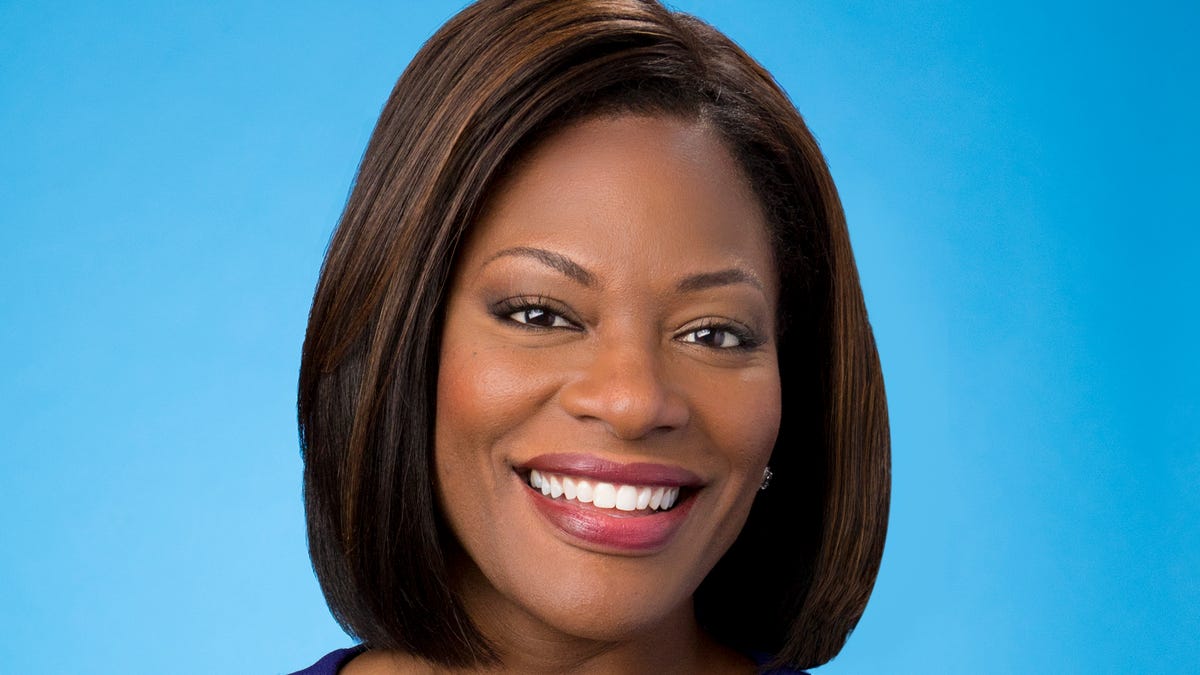
 Milwaukee, WI1 week ago
Milwaukee, WI1 week agoLongtime anchor Shannon Sims is leaving Milwaukee’s WTMJ-TV (Channel 4)
-

 Culture1 week ago
Culture1 week agoVideo: Dissecting Three Stephen King Adaptations
-

 Austin, TX2 days ago
Austin, TX2 days agoHalf-naked woman was allegedly tortured and chained in Texas backyard for months by five ‘friends’ who didn’t ‘like her anymore’
-

 Seattle, WA1 week ago
Seattle, WA1 week agoFOX 13’s Aaron Levine wins back-to-back Jeopardy! episodes
-

 Seattle, WA5 days ago
Seattle, WA5 days agoESPN scoop adds another intriguing name to Seahawks chatter before NFL trade deadline
-

 Education1 week ago
Education1 week agoOpinion | New York City Mayoral Candidates: Who Would Be Best?
-

 San Diego, CA1 week ago
San Diego, CA1 week agoAdd Nick Hundley, Ruben Niebla to list of Padres’ managerial finalists
-
Business1 week ago
Disneyland Resort lays off 100 people in Anaheim










